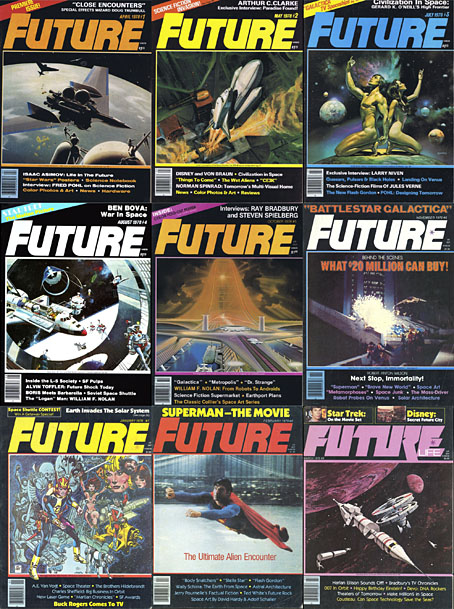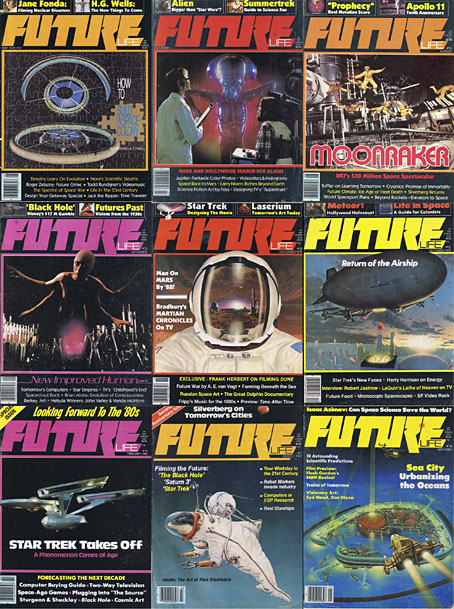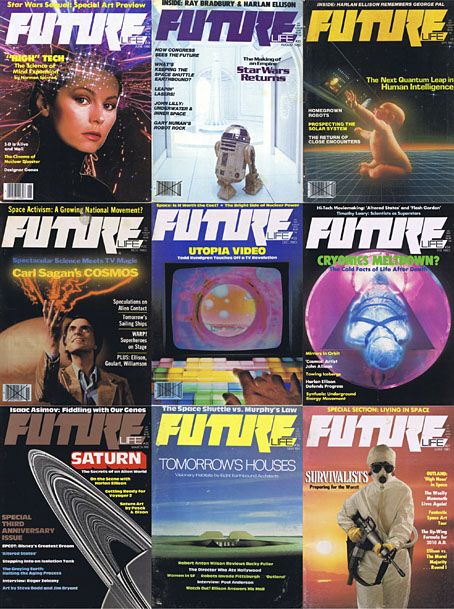Whenever my music listening gets on the jazz train, as it has been for the past week or so, I find myself gravitating to the Kozmigroov Konnection to see what albums I may still be missing. “Kozmigroov” is one of those descriptive terms that sounds awkward but is nevertheless useful for framing an idiom that would otherwise go undefined: “a transgressive improvisational music which combines elements of psychedelia, spirituality, jazz, rock, soul, funk, and African, Latin, Brazilian, Indian and Asian influences culminating [in] an all encompassing cosmic groove. At its most accomplished, Kozmigroov is both expansive and highly rhythmic, and simultaneously finds connections with the mind, soul and body.” (more)
If you like this kind of thing then the Kozmigroov Konnection is an essential guide, especially when you’re faced with discographies by artists you know only from their contributions to releases by bigger names. Herbie Hancock isn’t exactly an unknown quantity but I hadn’t noticed before that his Kozmigroov listing features a number of live recordings that I was sure I hadn’t heard. Could they be found anywhere? The answer is obviously yes, thanks to the trove of live recordings archived at Never Enough Rhodes. The post there is an old one but the links for all the Herbie Hancock recordings were updated a few years ago, and all the ones from the essential years up to 1979 are still active. Not only are they active but there are far more concerts from the Mwandishi/Head Hunters era than I ever expected to find in one place. And many of these are from FM radio broadcasts so they don’t suffer from the cassette-recorder-under-the-seat syndrome that spoils so many rock bootlegs from the 1970s and 80s. Amazing.
Sleeve art by Nobuyuki Nakanishi for one of the few official live albums from Hancock’s Head Hunters period (but only in Japan until it was reissued a few years ago). I love everything about this cover: the Cosmic Coelacanth, Mr. Hancock’s NASA helmet, the Stop typeface, the waterspout nod to Mati Klarwein’s cover for Bitches Brew… Earth, air, fire and water.
The performances range from extended extrapolations of album compositions—a 43-minute version of Hornets (Boston Jazz Workshop, 1973) featuring a lot of synth freakery from Patrick Gleeson; a 57-minute performance of Sleeping Giant (Baker’s Keyboard Lounge, Detroit, 1972)—to later concerts that capture the post Head Hunters group playing to wildly enthusiastic audiences. The thumping version of Palm Grease that opens the Kansas City show makes the studio version sound very restrained. The only disappointment is a rather noisy recording of the FM session from the Ultra-Sonic Recording Studio, a Long Island venue that in the early 1970s hosted many studio appearances by rock, blues and jazz artists. An Ultra-Sonic session by Dr John from 1973 has circulated for years in exceptional quality so I was hoping the Hancock set might sound as good. This is a minor quibble, however, the recording is still decent enough, and the performances are fantastic.
Musikladen, 1974.
The only concert on the list that I had heard before is an audio rip from a 1974 appearance by the Hancock ensemble on Musikladen, a German TV series. I linked to a copy of this in one of the weekend posts years ago but nothing lasts on YouTube so the link is now defunct. There is another copy here, however. For the time being… The person who was running Never Enough Rhodes complained about having to keep reposting concerts when file hosting services were shut down. Always download things of interest, you never know how long they may be available.
Previously on { feuilleton }
• Miles and Miles






